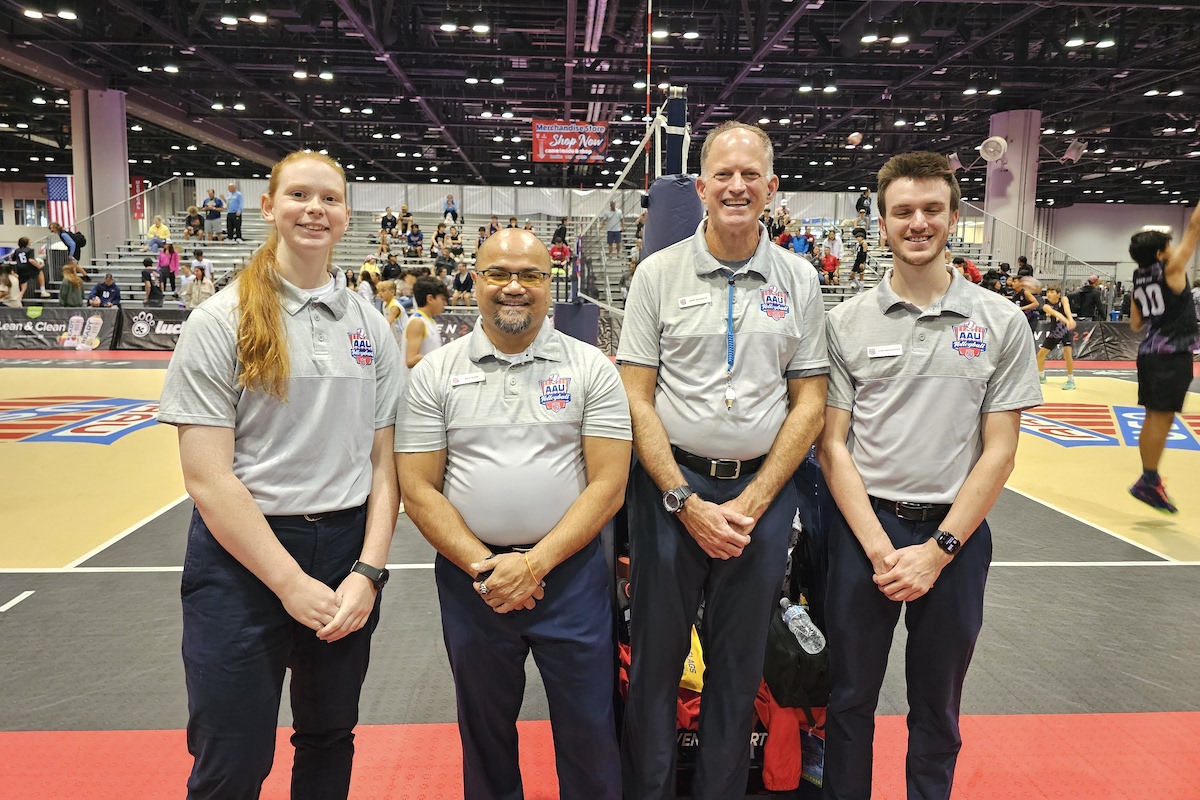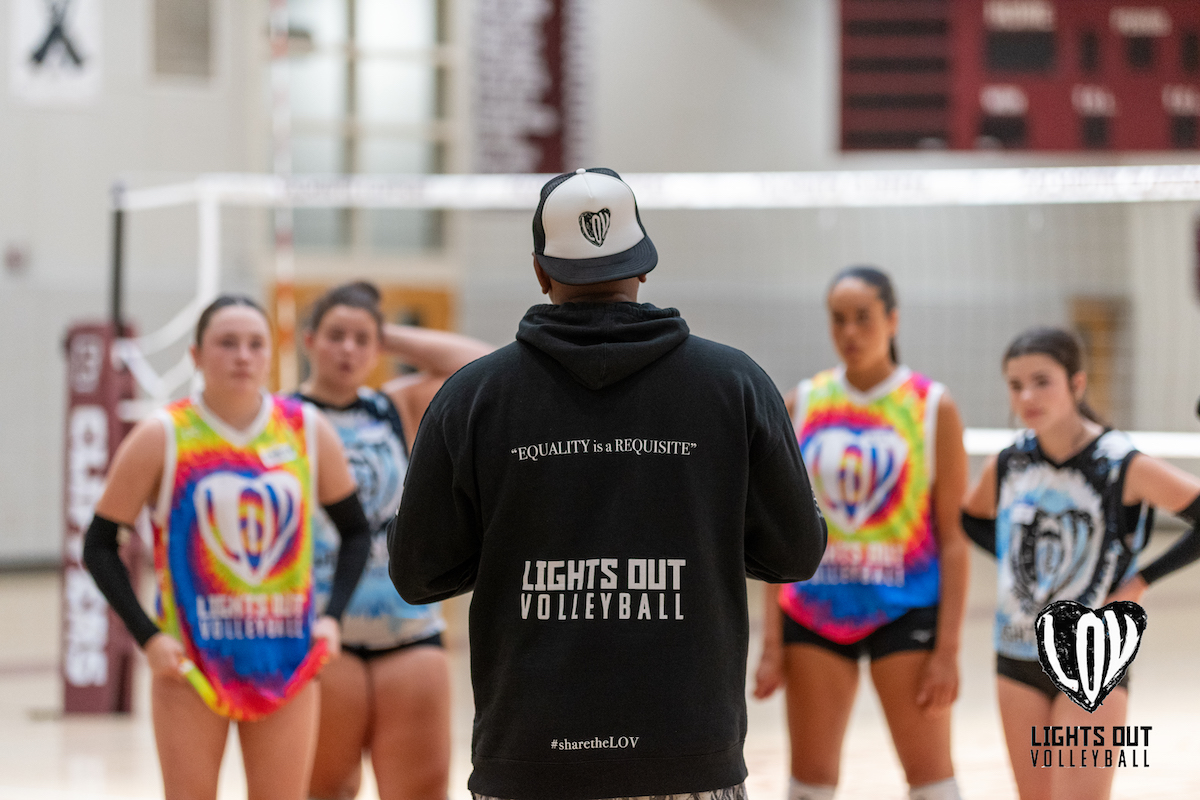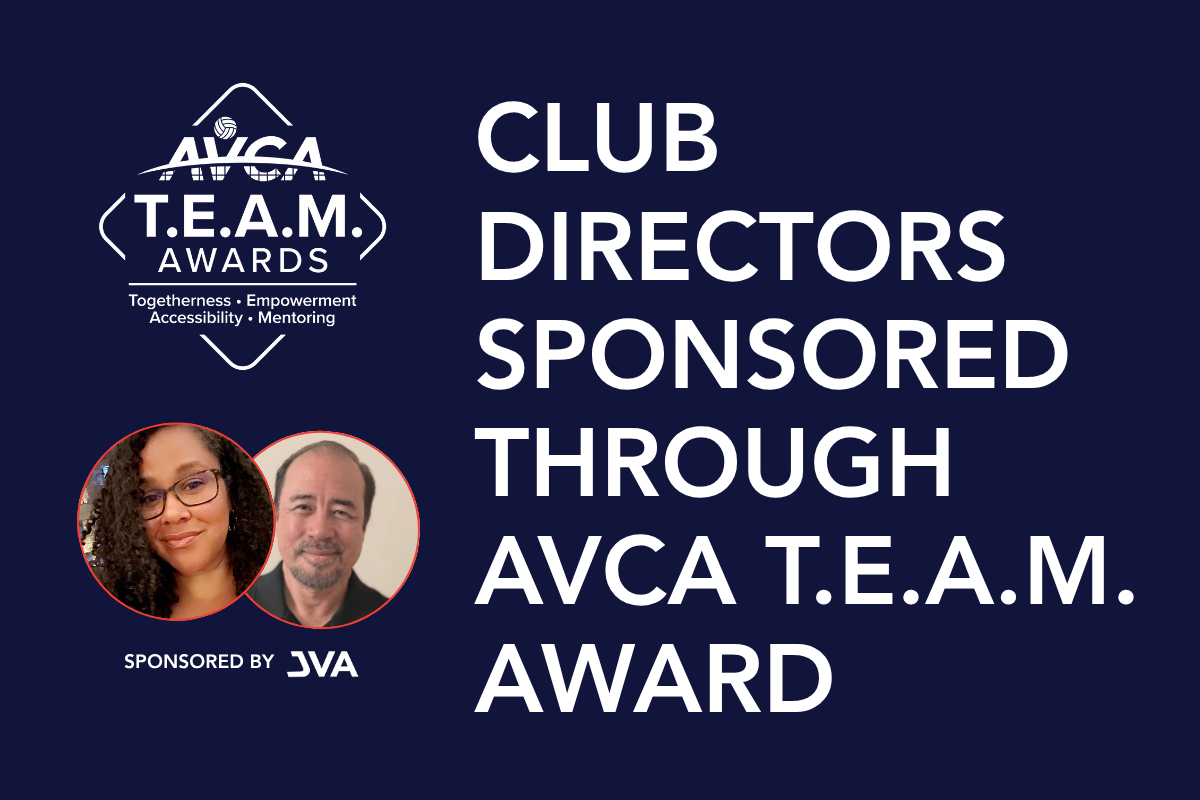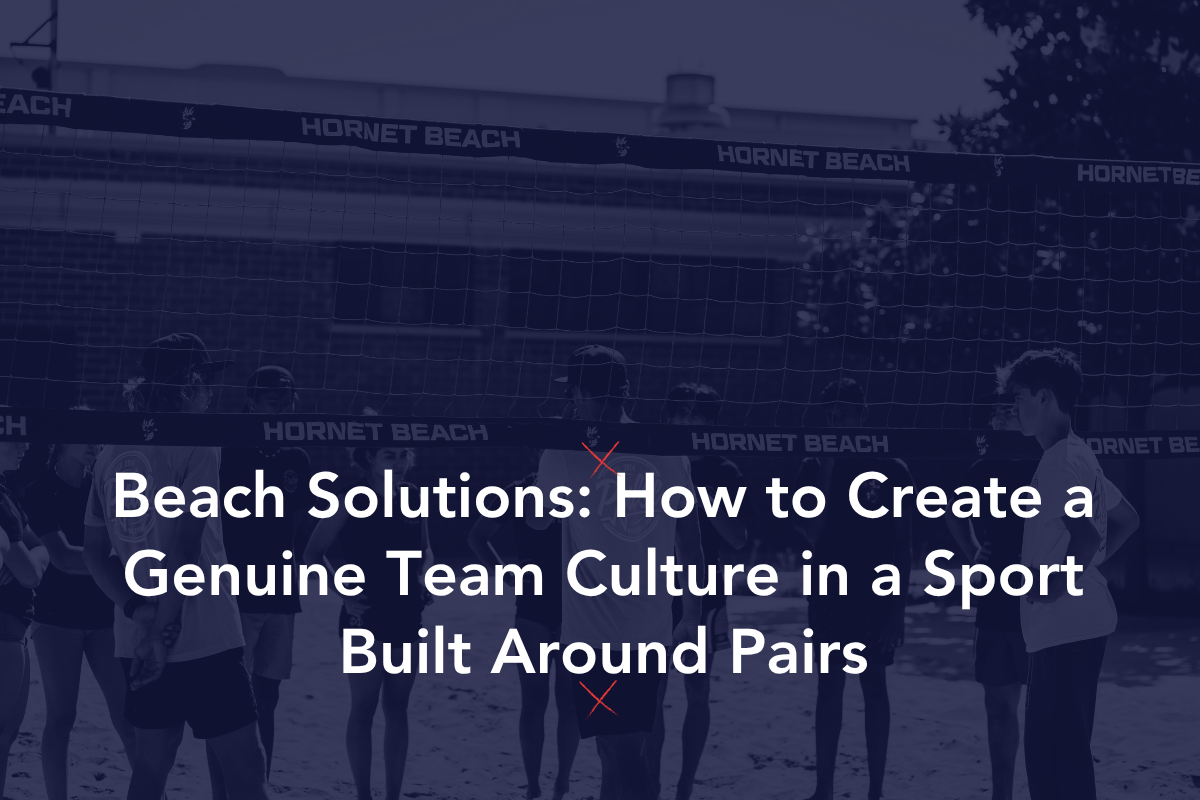Coaches sometimes error by teaching volleyball skills to young players while not giving sufficient attention to the foundational motor skills. Volleyball is a game of movement. Running, shuffle stepping, stopping, jumping, movement in the air, landing skills, and various postures are essential to correct skill development. Two of the most important motor skills that impact the development of volleyball techniques are the ability to throw and catch. Proper throwing mechanics are vital to the overhead serve or the attack. Poor throwing mechanics will inhibit proper skill execution and increase the chance of injury. The ability to catch involves the core ability to track a moving object that impacts the ability to receive serve and defend.
In my book “A Game Plan for Better Practices,” we examine the fundamental movements essential for skill development and focus on developing these skills in younger players. For this article, Dr. Robert Pangrazi1 has supplied the following six tips when working with younger age athletes with throwing and catching mechanics.
- It is natural to dodge an object that may cause harm. Remove the fear factor by using projectiles that will not hurt children, such as foam balls.
- Use smaller projectiles as students improve their catching skills. Larger objects move more slowly and are easier to track visually.
- Prepare students for a catch by asking them to focus on the ball in the thrower’s hand. Use verbal cues such as “Look (focus), ready (for the throw), catch (toss the ball).”
- Balls and background colors should strongly contrast to increase visual perception.
- Throwing the projectile at a greater height offers the child more opportunities to track it successfully. In addition, beach balls move slowly throughout a high trajectory, giving children time to focus and move into the path of the oncoming object.
- Bounce objects off the floor, so children learn to judge the rebound angle of a projectile.
I want to emphasize the importance of teaching young players to throw with velocity and distance. Focusing on the speed of the throw and the distance the ball travels will encourage the use of the entire upper body, not just the arm. Second, teach throwing with an object that fits easily into the hand of the athlete. A volleyball is too large and encourages poor mechanics. Lastly, avoid the often-used verbal cue of “get your elbow up.” Correct throwing form involves getting your elbow back and rotating the upper body. In the pictures below, you will see the difference in getting into, what I term, the “T-position” (Picture on left) with the elbow back and a player that “gets the elbow up.” (Picture on right). Notice how the “T-position” encourages more upper body rotation.

Incorporate activities into your training sessions that will help teach not only throw and catch, but all of the motor skills and allow practice opportunities. It is a wise investment of time to teach younger players these motor skills.
Reference
- Dr. Robert Pangrazi – Fundamental Tips for Throwing and Catching; PE Blog
A Game Plan for Better Practices.
View additional education on running a volleyball practice.
About the Author
Jim Stone was a collegiate coach for thirty-three years at Kellogg Community College, University of Wyoming, and The Ohio State University. He took the Ohio State women’s team to two national semi-finals in 1991 and 1994. After retiring from collegiate coaching, Stone served as the Head Coach for the USA Girls U-18 national team from 2008-2019. During his tenure as the U-18 coach, the team won two silver medals and one gold medal at the FIVB World Championships. The gold medal in 2019 is the only gold medal ever won by a USA age group team, boys or girls, at a world championship event. He is a frequent clinician for The Art of Coaching Volleyball clinics and numerous state and national associations. In 2012, the United States Volleyball Association awarded Stone with the Don Shondell award and recognized him as an “All-Time Great Coach”. Stone is also a member of The Ohio State University Athletic Hall of Fame. He currently resides in Colorado and provides volleyball lessons to young athletes.
Purchase Jim’s book: A Game Plan for Better Practices here.










